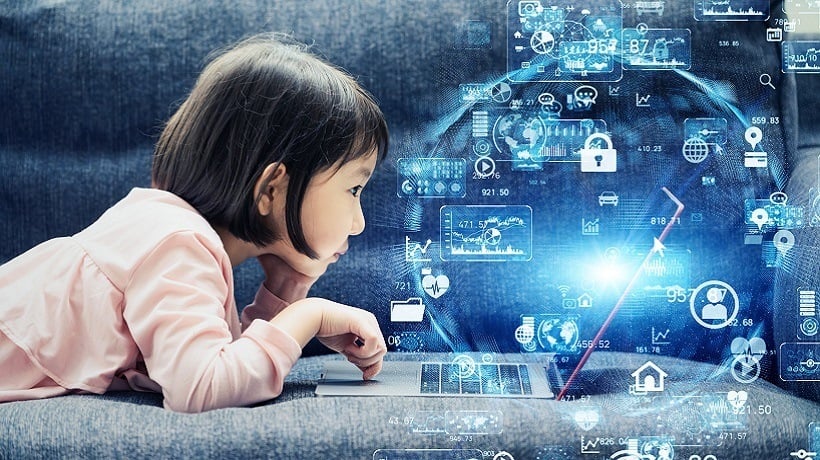How Important Is Technology In Education | An Overview
Technology has had a profound impact on education in recent years. From the introduction of computers in the classroom to the rise of online learning, technology has changed the way we teach and learn.
There are many benefits to using technology in education. For one, it can make learning more engaging and interactive. Students can use technology to create presentations, simulations, and games that help them learn in a fun and memorable way. Technology can also help students access information more easily. With a few clicks of a button, students can find information on any topic imaginable. This can be especially helpful for students who are struggling with a particular concept or who want to learn more about a topic that interests them.
In addition, technology can help students collaborate with each other more easily. Students can use online tools to share ideas, work on projects together, and give each other feedback. This can help students develop their communication and teamwork skills.
Of course, there are also some challenges associated with using technology in education. One challenge is that not all students have equal access to technology. This can create a digital divide between students who have access to technology and those who do not. Another challenge is that technology can be expensive. Schools and districts need to invest in technology in order to provide students with the resources they need to succeed.
Despite these challenges, the benefits of using technology in education outweigh the risks. Technology can be a powerful tool for improving student learning. When used effectively, technology can help students become more engaged, interactive, and collaborative learners.
Here are some specific examples of how technology is being used in education today:
- Virtual reality (VR) and augmented reality (AR) are being used to create immersive learning experiences. Students can use VR to explore historical sites, learn about different cultures, or conduct scientific experiments. AR can be used to overlay digital information onto the real world, such as labels on objects or instructions for completing a task.
- Online learning is becoming increasingly popular. Students can take courses from anywhere in the world, at their own pace. Online courses can be a great option for students who have busy schedules or who want to learn at their own pace.
- E-books are replacing traditional textbooks in many schools. E-books are more affordable, portable, and environmentally friendly than textbooks. They can also be customized to meet the needs of individual students.
- Educational apps are available for all ages and subjects. These apps can help students learn math, science, reading, and more. They can also be used to practice skills, review concepts, and take quizzes.
- Social media is being used to connect students with each other and with their teachers. Students can use social media to collaborate on projects, ask questions, and get help from their teachers.
These are just a few examples of how technology is being used in education today. As technology continues to evolve, we can expect to see even more innovative ways to use technology to improve student learning.
Here are some of the key trends in educational technology that are worth watching:
- The rise of artificial intelligence (AI). AI is being used to personalize learning, provide feedback, and grade assignments. AI is also being used to develop new educational tools, such as chatbots and virtual assistants.
- The growth of online learning. Online learning is becoming increasingly popular, especially for students who want to learn at their own pace or who need flexibility in their schedules. Online learning is also a good option for students who live in rural areas or who have difficulty accessing traditional schools.
- The increasing use of mobile devices. Mobile devices are becoming increasingly commonplace in schools. Students are using their phones and tablets to access educational apps, take notes, and collaborate with each other. Mobile devices are also being used to deliver instruction and assessments.
- The convergence of technology and education. Technology is converging with education in many ways. For example, virtual reality (VR) and augmented reality (AR) are being used to create immersive learning experiences. Artificial intelligence (AI) is being used to personalize learning and provide feedback. And online learning is becoming increasingly popular.
The future of educational technology is bright. As technology continues to evolve, we can expect to see even more innovative ways to use technology to improve student learning.





